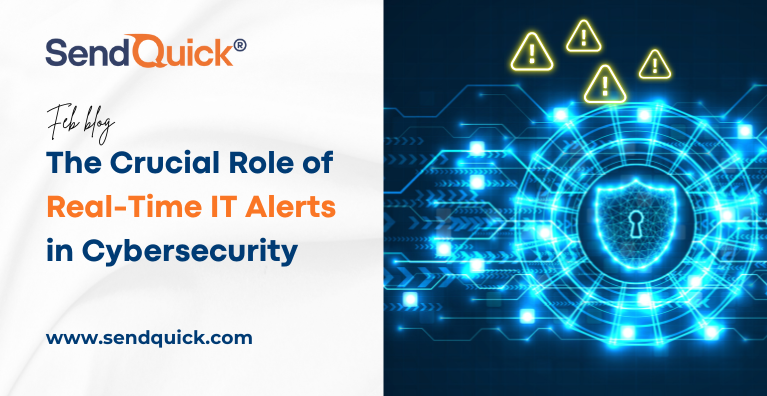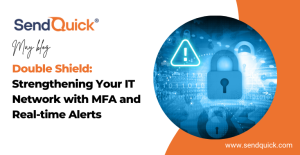As technology advances, so do the sophistication and frequency of cyber threats. From ransomware attacks to data breaches, organizations face a myriad of risks that can compromise the integrity, confidentiality, and availability of their critical assets.
Therefore, the importance of real-time IT alerts in cybersecurity cannot be overstated. This article delves into the pivotal role played by real-time alerts in fortifying defenses, notifying key IT personnel upon identifying threats, and orchestrating rapid responses to safeguard sensitive data and digital infrastructures.
Proactive Threat Mitigation:
Unlike traditional, reactive cybersecurity approaches, real-time IT alerts empower organizations to adopt a proactive stance against cyber threats.
By receiving instantaneous alerts about suspicious activities, security teams can initiate timely investigations and implement preventive measures to mitigate potential risks. This proactive approach is instrumental in staying one step ahead of cyber adversaries.
Minimizing Dwell Time:
Dwell time, the duration a cyber threat remains undetected within a system, is a critical metric in cybersecurity. Real-time IT alerts significantly contribute to minimizing dwell time by swiftly notifying security teams of potential threats.
The quicker the detection, the shorter the dwell time, reducing the window of opportunity for attackers to carry out their malicious activities.
Automated Incident Response:
Real-time IT alerts seamlessly integrate with automated incident response systems, creating a cohesive and efficient cybersecurity ecosystem.
Automated responses can be triggered immediately upon receiving alerts, allowing organizations to execute predefined actions, isolate affected systems, and neutralize threats in a fraction of the time it would take through manual intervention.
Enhanced Situational Awareness:
Real-time IT alerts provide security professionals with a real-time view of the cybersecurity landscape. This enhanced situational awareness allows for a more accurate understanding of ongoing threats and vulnerabilities.
Security teams can prioritize their efforts based on the urgency and severity of alerts, optimizing resource allocation for a more effective defense strategy.
Continuous Monitoring and Adaptation:
The dynamic nature of cyber threats requires continuous monitoring and adaptation. Real-time IT alerts contribute to this ongoing effort by providing insights into emerging attack vectors and tactics.
By staying informed about the latest threat trends, organizations can continuously adapt their cybersecurity posture, fortifying their defenses against evolving cyber risks.
Compliance and Reporting:
In many industries, compliance with regulatory standards is a non-negotiable aspect of cybersecurity.
Real-time IT alerts facilitate compliance by ensuring that organizations can promptly identify and address security incidents, thereby meeting reporting requirements. The ability to demonstrate a proactive approach to cybersecurity is crucial in maintaining regulatory compliance.
Conclusion:
As the digital landscape becomes increasingly complex, real-time IT alerts emerge as indispensable tools in the arsenal of cybersecurity defenses. Their role in proactive threat mitigation upon swift detection of anomalies, and automated incident response is paramount in safeguarding organizations from ever-evolving cyber threats.
By embracing the power of real-time alerts, organizations can not only detect and respond to cyber threats more effectively but also fortify their resilience against the ceaseless challenges posed by the digital underworld.
For more information on enhancing your organisation’s cyber defense with IT alerting and securing remote access with a choice of multi-factor authentication options like Digital ID Login with Singpass or Yoti, FIDO2-capable YubiKey, One-Time Password (OTP) via SMS, Email, Soft Token and Push Authentication, please contact your dedicated SendQuick expert via https://www.sendquick.com/contact-us/






